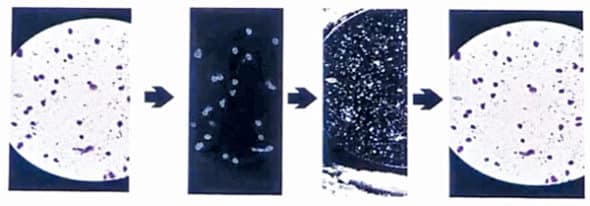There are many free and open platforms and tools for developers of AI solutions. Should you go for them, or avoid them?
Today artificial intelligence (AI) systems are everywhere. They can do a lot of unbelievable things, like predicting behaviour and patterns.
Many big tech companies are integrating AI into their hardware as well. Apple has incorporated it into its chips to perform various machine learning (ML) operations. Even graphical processing units today are having some form of AI integrations for improved performance within them, which was not the case a few years ago.
AI comes at a cost
But AI does not come cheap. We have been using classical AI for a while now. But with the emergence of neural networks, things have changed drastically. We have reached a point where you can just put a prompt and generate images straight out of your imagination.
Neural networking was discovered twenty years ago and the reason it worked back then is computation. Adding computational layers back then was not easy and required a huge cost to implement, but that is not the case today.
Machine learning is highly mathematically intensive and requires a lot of statistical knowledge. Applying artificial intelligence solutions is not a child’s play as it requires you to study every aspect of it thoroughly. Only then will you be able to make those models and apply them.
It is not an easy task to learn tools like Tensorflow and Kiras to spin up your own servers, and that is where we need free and open AI solutions. There was a time when using ML solutions was not so easy either, as it required a lot of steps to be followed. Thankfully, that is not the case today as you can pick the model that suits your needs the best to work on.
DNA fragmentation index
To give you an example, a friend of mine who worked as an embryologist asked me to create an ML model to perform sperm count of the healthy ones and the unhealthy ones. Earlier they used to do sperm counting manually for every patient they had. To counter that we created a machine learning model that uses sperm images to differentiate between the healthy ones from the unhealthy ones (see Fig. 1).

The model counted the ratio between splurged sperms (unhealthy sperms) and the normal ones to determine the end result. We spent most of our time in the pre-processing part and then applied hue separation. We have applied canonical-correlation analysis (CCA) to perform segmentation along with a few other orthological operations.
I had only a few days’ time to build this machine learning model and it is not an easy task to build a precise model in such a short time. So, I used an open source solution called Custom Vision by Microsoft where you can easily upload, train, and evaluate images.
What is Custom Vision
There are open solutions available out there that are free to use. One such solution is called Custom Vision by Microsoft. You can upload, train, and evaluate images here. You just have to open it and login to it.
Once you are logged in, you will find multiple pre-trained models to choose from on the right side, and they can be further trained by the user with the data provided to them. You can select generic object recognition or you can select something more specific like retail products or animals. Once you are done with, you can proceed with adding your images and you can label them.
The best part about this is that it does not require you to write any code. There are two training options inside it, which are quick and advanced. The quick version is free for all users while the advanced version requires a user to pay.
At the end of the process, it provides the results. It also gives you some credentials that you can call the Application Programming Interface (API), which you can use to test on your testing set.
Custom Vision is not the only solution available to you. There are other solutions, like Lobe, which can be more creative than Custom Vision. You cannot perform preprocessing and post processing in Custom Vision.
In another tool called AutoTrain by Hugging Face, you can do that. It also provides code that you can write in Jupyter. This tool essentially hand holds you throughout the process. Hugging Face hosts a lot of machine learning models on their platform, which you can use to share with others while also running so many other ML experiments behind the curtain.
If you want to start your own AI startup and need to create your own minimum viable product (MVP), you will have to go through a lot of hectic processes. To avoid the hassle, you can simply use Gradio, which will do literally everything for you. This clearly implies that we are slowly and steadily moving towards no code solutions—free solutions which allow people to experiment quickly and economically.
Today, if you see the general usage of AI in IoT, you will realise that it is pretty much object recognition only. Let us take Amazon Go for an example, where you can just enter the store, take whatever you want to, and the systems installed there will simply recognise your face.
Self-driving cars are another such example that will eventually integrate AI into their systems for proper functioning.
When to not use free solutions
You should not be using the solution in following cases:
-
- If the entire MVP of your startup is pretty specific, because the existing models are trained on a plethora of already-available data.
-
- If you want to optimise your AI model further, as you may want to step out of the free solutions territory to do something more innovative.
-
- If you want to own the entire process instead of letting a third party like Hugging Face or Microsoft own it.
Finally, it is important to note that today you do not have to be an AI expert to make your own AI models, and to know how you should set them up and to understand the pre- and post-processing concepts. We are clustered with many free solutions today.
All you need to begin with is an idea. The possibilities today are tremendous compared to what they have ever been.
This article is based on a tech talk by Swapnil Sharma, Software Engineer at LinkedIn, at India Electronics Week 2022. It has been transcribed and curated by Laveesh Kocher, a tech enthusiast at EFY who has a knack for open source exploration and research.











































































